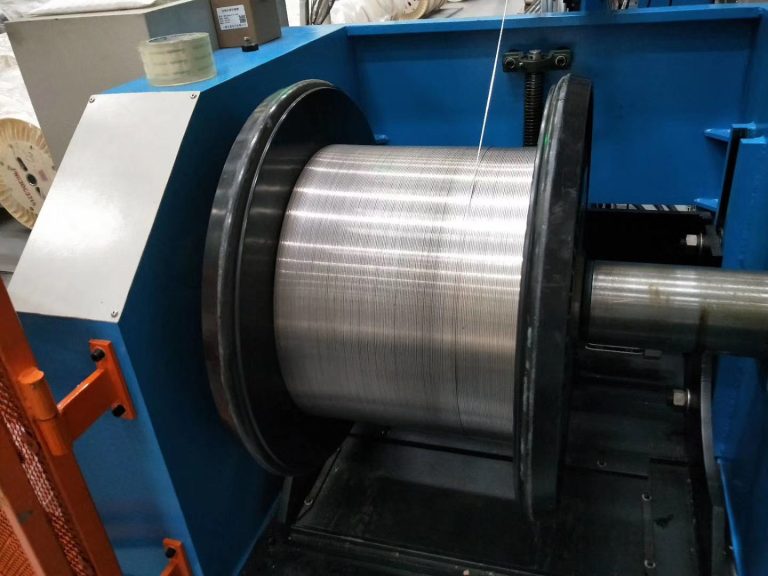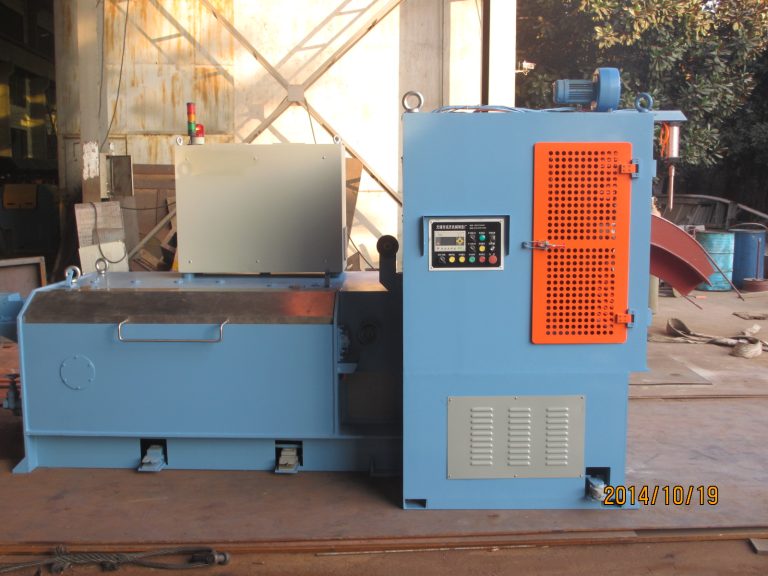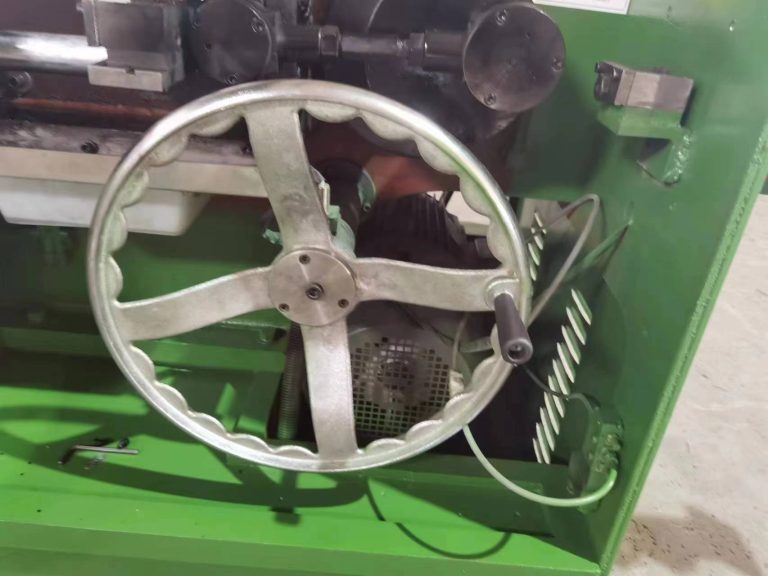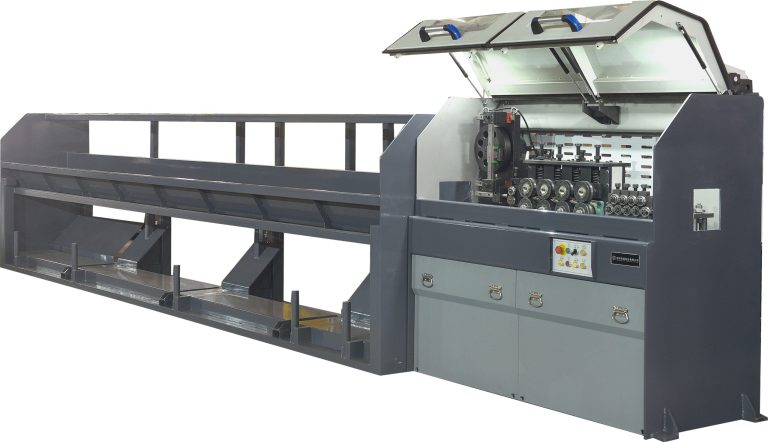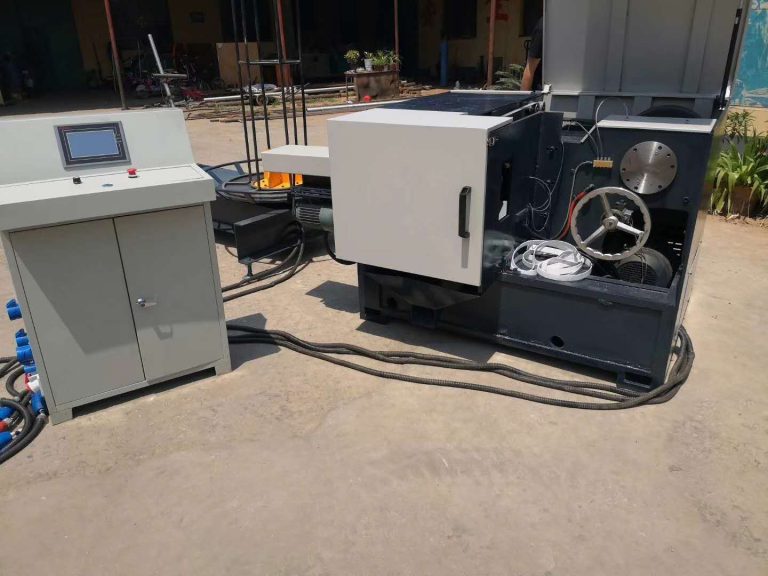Table of Contents
Tips for Maintaining and Troubleshooting Inverted Vertical Wire Drawing Machines
Inverted vertical wire drawing machine is essential equipment in the wire manufacturing industry. These machines are used to draw wire through a series of dies to reduce its diameter and improve its quality. Proper maintenance and troubleshooting of these machines are crucial to ensure smooth operation and prevent costly downtime.

One of the key tips for maintaining inverted vertical wire drawing machines is regular lubrication. Proper lubrication of the machine’s moving parts, such as the drawing dies and rollers, helps reduce friction and wear, extending the machine’s lifespan. It is important to use the correct type of lubricant recommended by the manufacturer and to follow a regular lubrication schedule.
In addition to lubrication, regular inspection of the machine’s components is essential for detecting any signs of wear or damage. Inspecting the drawing dies, rollers, and other parts for wear and tear can help prevent unexpected breakdowns and ensure the machine’s optimal performance. Any worn or damaged parts should be replaced promptly to avoid further damage to the machine.
Another important aspect of maintaining inverted vertical wire drawing machines is proper tension control. Tension control is crucial for achieving consistent wire drawing results and preventing wire breakage. Regularly checking and adjusting the tension settings on the machine can help ensure smooth operation and high-quality wire production.
In the event of a machine malfunction, troubleshooting is necessary to identify and resolve the issue promptly. One common issue with Inverted wire drawing machine is wire breakage. Wire breakage can be caused by various factors, such as improper tension settings, worn drawing dies, or misalignment of the machine’s components. Troubleshooting the machine’s tension control system and inspecting the drawing dies can help identify the root cause of the wire breakage and take appropriate corrective actions.
Another common issue with inverted vertical wire drawing machines is uneven wire diameter. Uneven wire diameter can result from worn or misaligned drawing dies, improper lubrication, or incorrect tension settings. Troubleshooting the machine’s components and adjusting the settings can help achieve a uniform wire diameter and improve the quality of the wire produced.
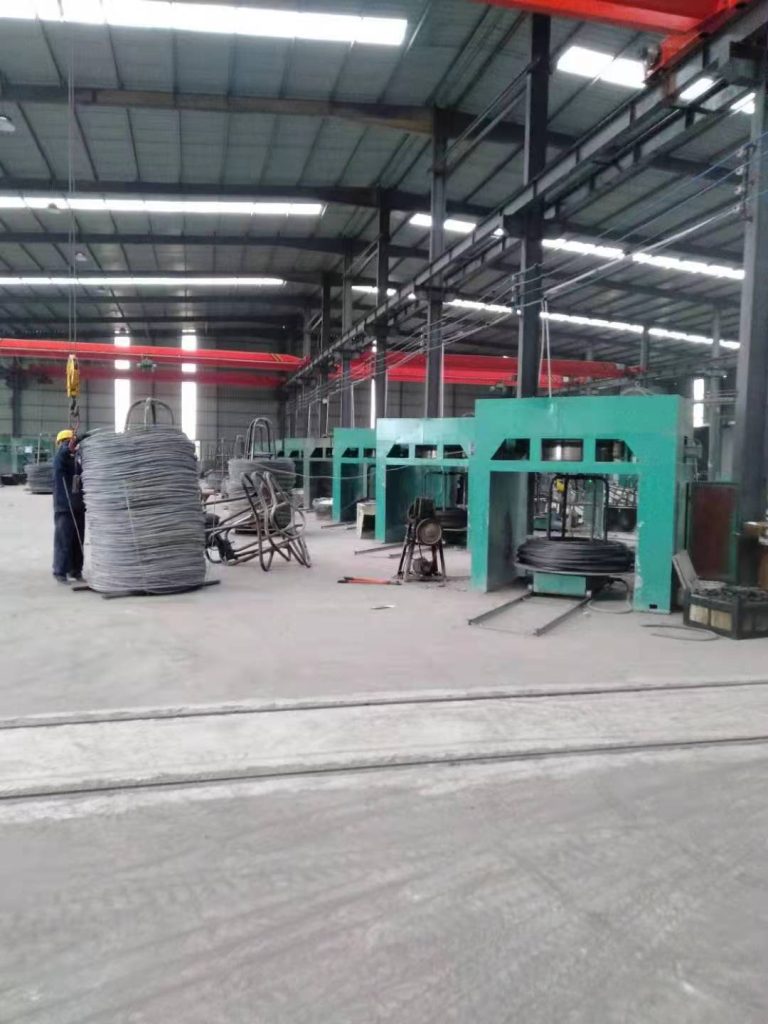
Regular maintenance and troubleshooting of inverted vertical wire drawing machines are essential for ensuring their optimal performance and longevity. By following these tips and taking proactive measures to maintain and troubleshoot the machines, wire manufacturers can minimize downtime, reduce production costs, and improve the quality of their wire products. Proper maintenance and troubleshooting practices are key to maximizing the efficiency and reliability of inverted vertical wire drawing machines in the wire manufacturing industry.
Advantages of Using Inverted Vertical Wire Drawing Machines
Inverted vertical wire drawing machines are a type of wire drawing equipment that offers several advantages over traditional horizontal machines. These machines are designed to draw wire vertically, with the wire passing through a series of dies to reduce its diameter. This unique design offers a number of benefits that make inverted vertical wire drawing machines a popular choice for many industries.
One of the key advantages of using Inverted High Speed Vertical Wire Drawing Machines is their compact size. These machines take up less floor space compared to horizontal machines, making them ideal for facilities with limited space. This compact design also allows for easier installation and maintenance, as the machines can be easily accessed from all sides.
In addition to their small footprint, inverted vertical wire drawing machines offer improved wire quality. The vertical orientation of the machines allows for better control over the drawing process, resulting in a more uniform wire diameter and smoother surface finish. This can lead to higher quality end products and reduced scrap rates, ultimately saving time and money for manufacturers.
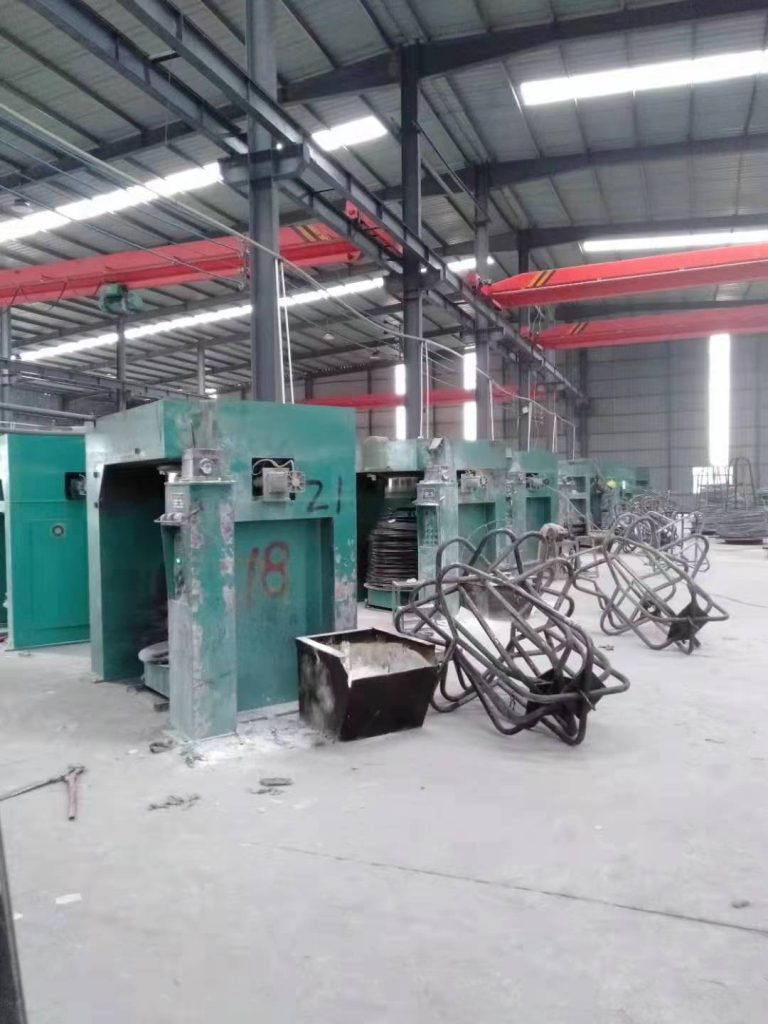
Another advantage of using inverted vertical wire drawing machines is their versatility. These machines can handle a wide range of wire sizes and materials, making them suitable for a variety of applications. Whether you need to draw copper, aluminum, steel, or other materials, inverted vertical wire drawing machines can accommodate your needs.
Furthermore, inverted vertical wire drawing machines are known for their energy efficiency. The vertical orientation of the machines allows for better heat dissipation, reducing the risk of overheating and prolonging the life of the equipment. This can result in lower energy costs and reduced downtime, leading to increased productivity and profitability for manufacturers.
Inverted vertical wire drawing machines also offer improved safety features compared to horizontal machines. The vertical design of these machines allows for better visibility and access to the wire drawing process, reducing the risk of accidents and injuries. Additionally, many inverted vertical wire drawing machines are equipped with advanced safety systems to further protect operators and prevent damage to the equipment.
Overall, inverted vertical wire drawing machines offer a number of advantages that make them a popular choice for manufacturers in a variety of industries. From their compact size and improved wire quality to their versatility, energy efficiency, and safety features, these machines provide a cost-effective and reliable solution for wire drawing applications. Whether you are producing wire for automotive, construction, electronics, or other industries, inverted vertical wire drawing machines can help you achieve your production goals with ease and efficiency.

